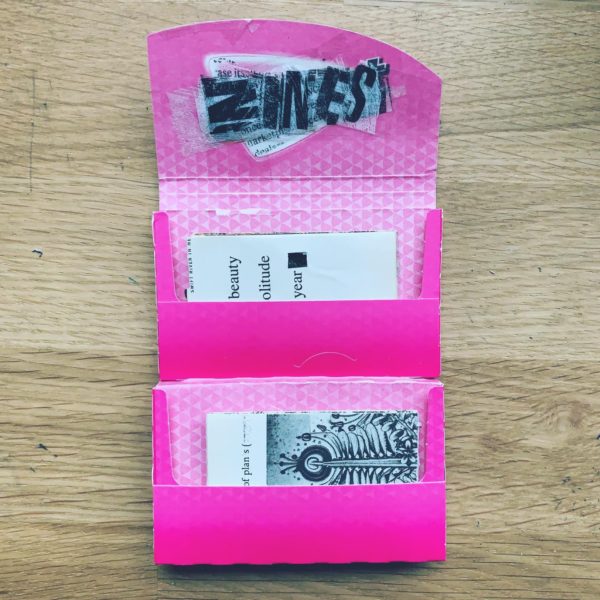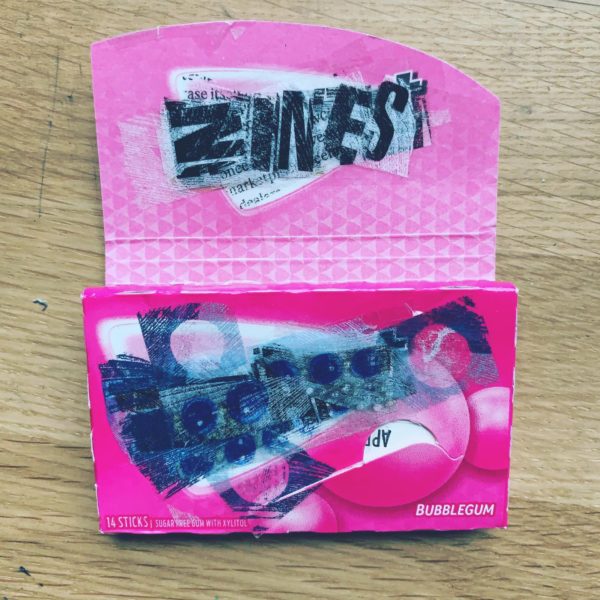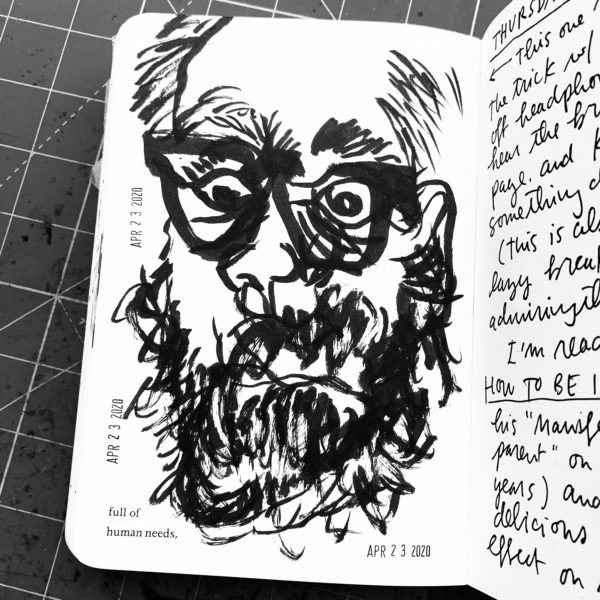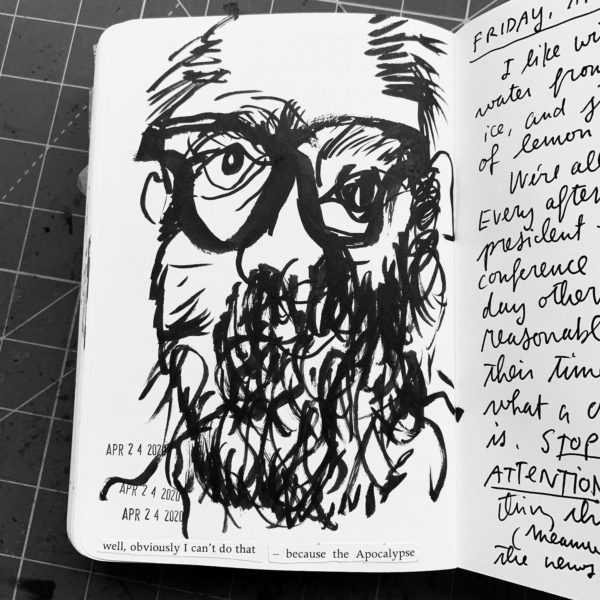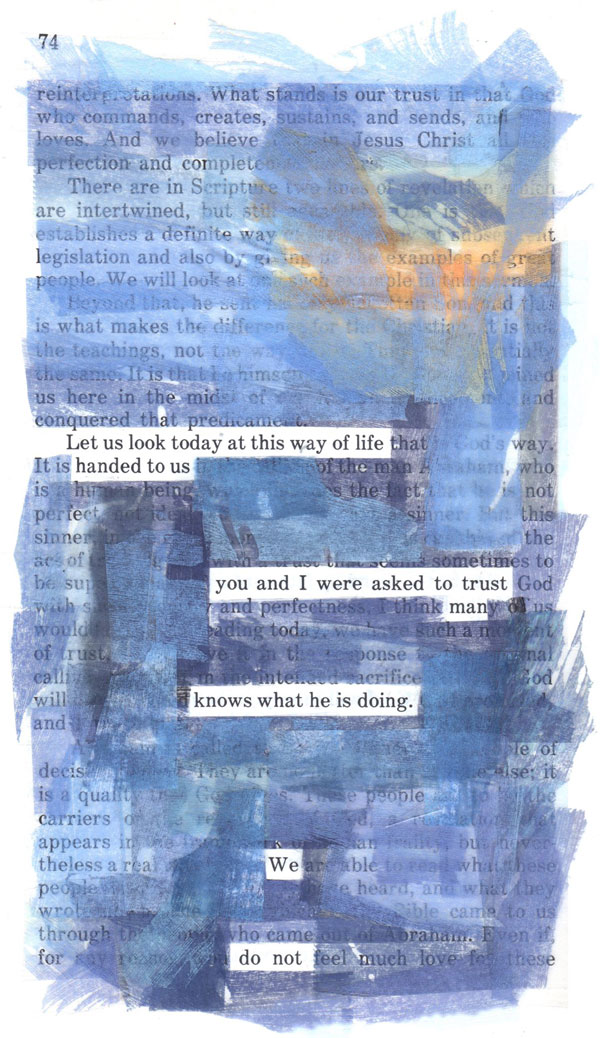
My friend Alan Jacobs, writing about “the seductions of prediction,” ends with William Goldman’s great line, “Nobody knows anything.”
The line could describe almost everything in life, but here it is in its filmmaking context:
…the single most important fact, perhaps, of the entire movie industry:
NOBODY KNOWS ANYTHING.
If there is a Roman numeral I to this book, that’s it…
Again, for emphasis—
NOBODY KNOWS ANYTHING.
Not one person in the entire motion picture field knows for a certainty what’s going to work. Every time out it’s a guess—and, if you’re lucky, an educated one.
That’s from the “Studio Executives” chapter of Goldman’s book, Adventures in the Screen Trade: A Personal View of Hollywood and Screenwriting. (Designer Michael Beirut called the book “one of my favorite non-design books that is really about design,” and writes that Goldman was “one of the best writers ever on the day-in, day-out struggles faced by anyone attempting to create good work in a hostile environment.”)
* * *
On our walk this morning, my wife was telling me about the difference between risk and uncertainty that Arthur Brooks brings up in his piece about how to stay calm in the pandemic.
“Uncertainty involves unknown possible outcomes and thus unknowable probabilities,” he writes. “Risk involves known possible outcomes and probabilities that we can estimate.”
Our problem, Brooks says, is that we try to convert uncertainty into risk by bombarding ourselves with information. But, as everybody with half a functioning brainstem knows, looking to social media for help right now is a futile exercise in “wallowing in uncertainty.” (I love that phrase.)
What does Brooks suggest? The same thing that works when there’s not a pandemic going on:
Start by acknowledging that you do not know what is going to happen in this crisis. Next, distinguish between what can and can’t be known right now, and thus recognize that gorging on all the available information will not really resolve your knowledge deficit—you won’t be able to turn uncertainty into risk by spending more hours watching CNN, because the certainty you seek is not attainable. Finally, resolve that while you don’t know what will happen next week or next month, you do know that you are alive and well right now, and refuse to waste the gift of this day. (One more practical suggestion: Limit your consumption of news to half an hour in the morning, and stay off social media except to talk to friends. No cheating!)
I would go farther than Brooks and suggest not starting your morning with the news at all. (I have been reading poetry while lazing about on the couch.)
I’m also sticking with Laurie Anderson’s advice, which begins chapter one of Keep Going:
The world may end. You’re right. But that’s not a reason to be scared. None of us know what will happen. Don’t spend time worrying about it. Make the most beautiful thing you can. Try to do that every day. That’s it. You know? What are you working for, posterity? We don’t know if there is any posterity.
(Emphasis mine.)

